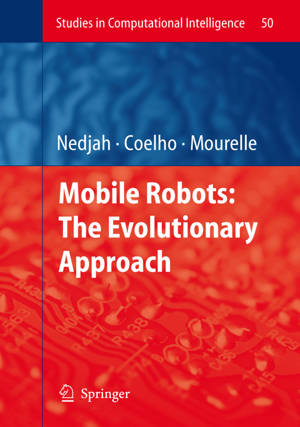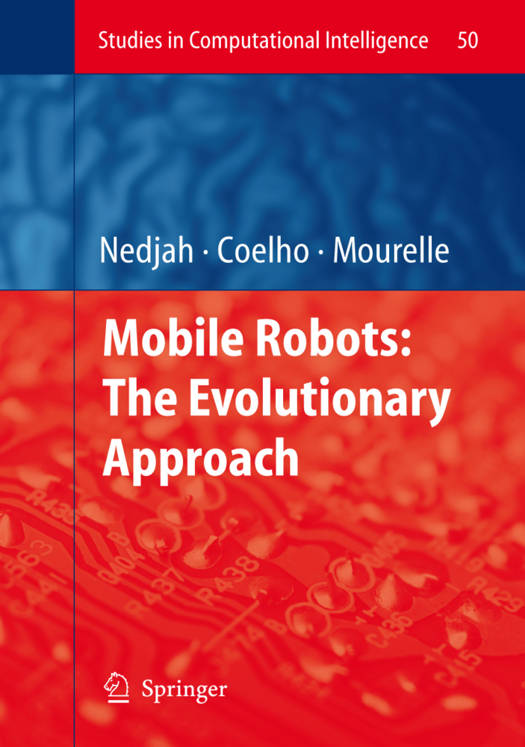
- Afhalen na 1 uur in een winkel met voorraad
- Gratis thuislevering in België vanaf € 30
- Ruim aanbod met 7 miljoen producten
- Afhalen na 1 uur in een winkel met voorraad
- Gratis thuislevering in België vanaf € 30
- Ruim aanbod met 7 miljoen producten
Zoeken
Mobile Robots: The Evolutionary Approach
€ 181,95
+ 363 punten
Omschrijving
Mobile robotic is a recent ?eld that has roots in many engineering and science disciplines such as mechanical, electrical, mechatronics, cognitive and social sciences just to name few. A mobile robot needs e?cient mechanisms of lo- motion, kinematics, sensors data, localization, planning and navigation that enable it to travel throughout its environment. Scientists have been fascinated by conception of mobile robots for many years. Machines have been designed withwheelsandtracksorotherlocomotion devicesand/orlimbs topropelthe unit. When the environment is well ordered these machines can function well. Mobile robots have demonstrated strongly their ability to carry out useful work. Intelligent robots have become the focus of intensive research in the last decade. The ?eld of intelligent mobile robotics involves simulations and re- world implementations of robots which adapt themselves to their partially unknown, unpredictable and sometimes dynamic environments. The design and control of autonomous intelligent mobile robotic systems operatinginunstructuredchangingenvironmentsincludesmanyobjectived- ?culties. There are several studies about the ways in which, robots exhibiting some degree of autonomy, adapt themselves to 't in their environments. The application and use of bio-inspired techniques such as reinforcement lea- ing, arti?cial neural networks, evolutionary computation, swarm intelligence and fuzzy systems in the design and improvement of robot designs is an em- gentresearchtopic. Researchershaveobtainedrobotsthatdisplayanamazing slew of behaviours and perform a multitude of tasks.
Specificaties
Betrokkenen
- Uitgeverij:
Inhoud
- Aantal bladzijden:
- 223
- Taal:
- Engels
- Reeks:
- Reeksnummer:
- nr. 50
Eigenschappen
- Productcode (EAN):
- 9783540497196
- Verschijningsdatum:
- 8/03/2007
- Uitvoering:
- Hardcover
- Formaat:
- Genaaid
- Afmetingen:
- 156 mm x 234 mm
- Gewicht:
- 526 g

Alleen bij Standaard Boekhandel
+ 363 punten op je klantenkaart van Standaard Boekhandel
Beoordelingen
We publiceren alleen reviews die voldoen aan de voorwaarden voor reviews. Bekijk onze voorwaarden voor reviews.










